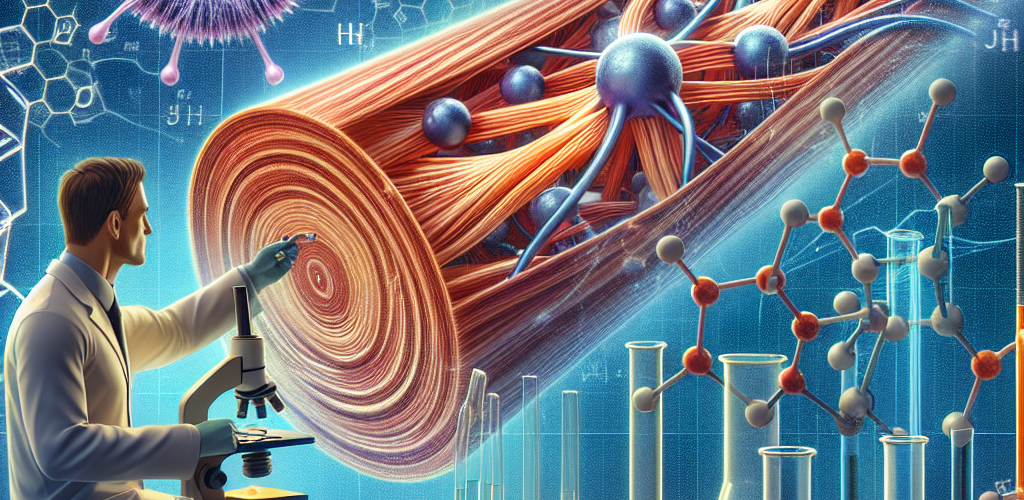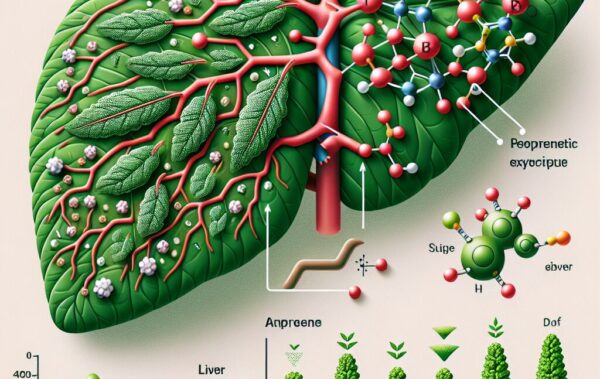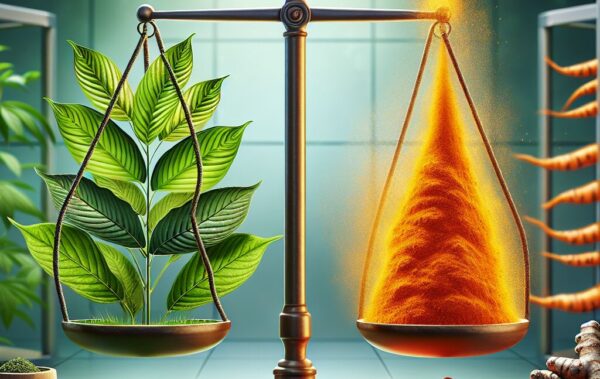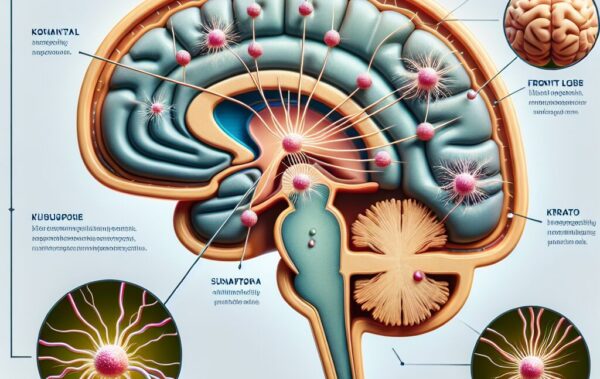- The botanical profile of Kratom and its active compounds
- Overview of muscle relaxation and pharmacodynamics
- Investigating Kratom’s alkaloids and their effects on muscle tissue
- Comparative analysis with conventional muscle relaxants
- Frequently Asked Questions about Kratom’s muscle relaxant properties
Kratom, scientifically known as Mitragyna speciosa, is a tropical evergreen tree belonging to the coffee family, Rubiaceae. It is an indigenous plant to various countries in Southeast Asia, including Thailand, Malaysia, Indonesia, and Papua New Guinea. For centuries, this botanical has been used in traditional medicine, primarily for its pain-relieving, stimulant, and sedative properties. The leaves of the kratom tree are the most valuable part, containing a complex array of bioactive compounds, which account for its diverse pharmacological effects.
The most prominent active compounds in kratom are the alkaloids; mitragynine and 7-hydroxymitragynine receive the most attention due to their significant presence and potent effects. These particular alkaloids interact with receptors in the brain, similar to the way opioids do, contributing to the plant’s analgesic properties. However, kratom also acts on other receptor systems, leading to its muscle relaxant mechanisms that are of keen interest to both traditional users and scientific community.
While mitragynine is the primary alkaloid and constitutes about 60-70% of the alkaloid content, there are over 40 other compounds found within kratom leaves, some with known effects and others yet to be studied. Besides the prominent alkaloids, others like speciogynine, paynantheine, and speciociliatine contribute to the muscle relaxant effects of kratom, but their exact mechanisms are less understood. Alkaloids like these have been found to have a relaxing effect on muscle tissue, but whether this is through direct action on muscle fibers or through a central nervous system interaction remains a topic of active research.
Given the increasing popularity of kratom for relaxation and relief of muscular tension, users are turning to this natural alternative instead of conventional pharmaceutical muscle relaxants. Many people choose to purchase kratom in various forms: online shops offer everything from powdered kratom to convenient capsules, edibles, and beverages. Each provides a different mode of delivery and duration of effects, catering to the diverse preferences of consumers.
To elucidate the secrets behind kratom’s muscle relaxant properties, ongoing research aims to dissect the pharmacokinetics and pharmacodynamics of these alkaloids. By understanding how the compounds interact with the human body, specifically with muscle tissue and nervous system receptors, we move closer to unlocking the potential applications and safety profiles of this natural product.
In conclusion, the botanical profile of kratom is complex, with a rich array of compounds contributing to its therapeutic potential. Advances in analytical methods and increased scientific interest are paving the way for a greater understanding of kratom’s alkaloids and their effects, especially regarding their muscle relaxant mechanisms. As research progresses, we may discover even more secrets held within the leaves of the kratom tree.
Overview of muscle relaxation and pharmacodynamics
Understanding how muscle relaxation and pharmacodynamics play out in the human body provides critical insight into kratom’s potential as a muscle relaxant. In the most basic terms, muscle relaxation refers to the reduction of tension in muscle tissue. It is a process wherein the muscles release their contracted state, becoming elongated and less rigid. This effect can be achieved through various pharmacological means, involving actions on central and peripheral nervous systems or directly upon the muscle tissue itself.
Pharmacodynamics, on the other hand, encompasses the biochemical and physiological effects of drugs and their mechanisms of action in the body. It delves into how a substance like kratom, with its key alkaloids, exerts effects once it has entered the system. This involves understanding the interaction of kratom’s alkaloids with various neurotransmitter systems, receptors, and the influence they have on nerve transmission and muscle response.
The muscle-relaxant mechanisms of kratom are believed to be predominantly due to its effect on the central nervous system. Alkaloids within kratom, like mitragynine, are known to interact with opioid receptors, resulting in sedation and a decrease in neural communication that prompts muscle contraction. By damping the excitatory stimuli at the level of the brain and spinal cord, kratom may help to induce a relaxed state in muscle tissues. However, it’s not just the opioid receptors in play. Other neurochemical pathways are also likely involved, and teasing out these interactions is a focus for current and future research.
For instance, it’s hypothesized that kratom’s alkaloids may influence the production or release of neurotransmitters like gamma-aminobutyric acid (GABA), which are fundamental in regulating muscle tone. By potentially enhancing GABAergic activity, these compounds could promote further muscle relaxation, adding to the complexity of kratom’s action profile.
When it comes to practical use, consumers curious about exploring kratom’s potential muscle-relaxing effects have a broad spectrum of products to choose from. From kratom powders that can be brewed into tea, to easy-to-ingest capsules, each offers a unique onset and duration of effects suited to individual needs. It’s always recommended to start with smaller doses to assess tolerance and increase incrementally as needed.
The real secrets behind the muscle relaxant properties of kratom may lie in its multifaceted action on our neurochemistry. By exploring these dynamic relationships between alkaloid structures, receptor binding, and subsequent physiological responses, researchers are beginning to map out the elaborate mechanisms by which kratom exerts its effects. This understanding could not only reveal new insights into muscle relaxation but may also guide the safe and effective application of kratom as an alternative to traditional muscle relaxants.
Investigating Kratom’s alkaloids and their effects on muscle tissue
Continuing on the path of discovering how the alkaloids in kratom carry out their muscle relaxant functions, it’s crucial to delve deeper into the effects of these compounds on muscle tissue. To fathom the full extent of kratom’s influence on muscle relaxation, we have to consider the direct and indirect actions these alkaloids may exhibit on our body’s muscular system.
When we zoom in on the muscular level, the primary target that comes to light are the neural receptors and ion channels on muscle fibers. Kratom alkaloids, particularly mitragynine and 7-hydroxymitragynine, have displayed affinity for mu-opioid receptors, which are known to play a role not only in pain relief but also in the regulation of the autonomic nervous system. This hints at a mechanism where kratom may indirectly cause muscle relaxation by moderating the signals that instruct muscles to contract or relax.
Furthermore, studies are investigating the potential for kratom’s alkaloids to interact with adrenergic and serotonergic systems, which could have implications for muscle tone regulation. The alteration of signaling through these pathways can contribute to decreased muscle rigidity, linking back to the observed relaxant effects among kratom users.
Another layer of complexity is added when considering the potential impact of kratom on calcium ion channels. These channels are instrumental in the contraction and relaxation of muscles, as they regulate the flow of calcium ions, which are essential for muscle movement. If kratom alkaloids influence these channels, it could lead to the modulation of muscle contraction forces. This aligns with anecdotes from individuals who have reported a soothing sensation in their muscles after consuming kratom products, such as tea bags or liquid extracts.
The investigation is ongoing, and while we can speculate about these intricate interactions between kratom alkaloids and muscle tissue, controlled clinical trials and further biochemical studies are needed to concrete these theories. Science is gradually unveiling the secrets behind kratom’s muscle relaxant mechanisms and the interaction with human physiology. Only through rigorous research will we be able to harness these properties effectively and responsibly, ensuring users can enjoy the benefits without undue risk.
As the research community continues to unravel kratom’s mysteries, individuals in search of natural muscle relaxants may find promising options among different strains and preparations. The key to exploring these potential benefits lies in informed choices, mindful dosing, and staying abreast of the latest scientific developments in the field.
Comparative analysis with conventional muscle relaxants
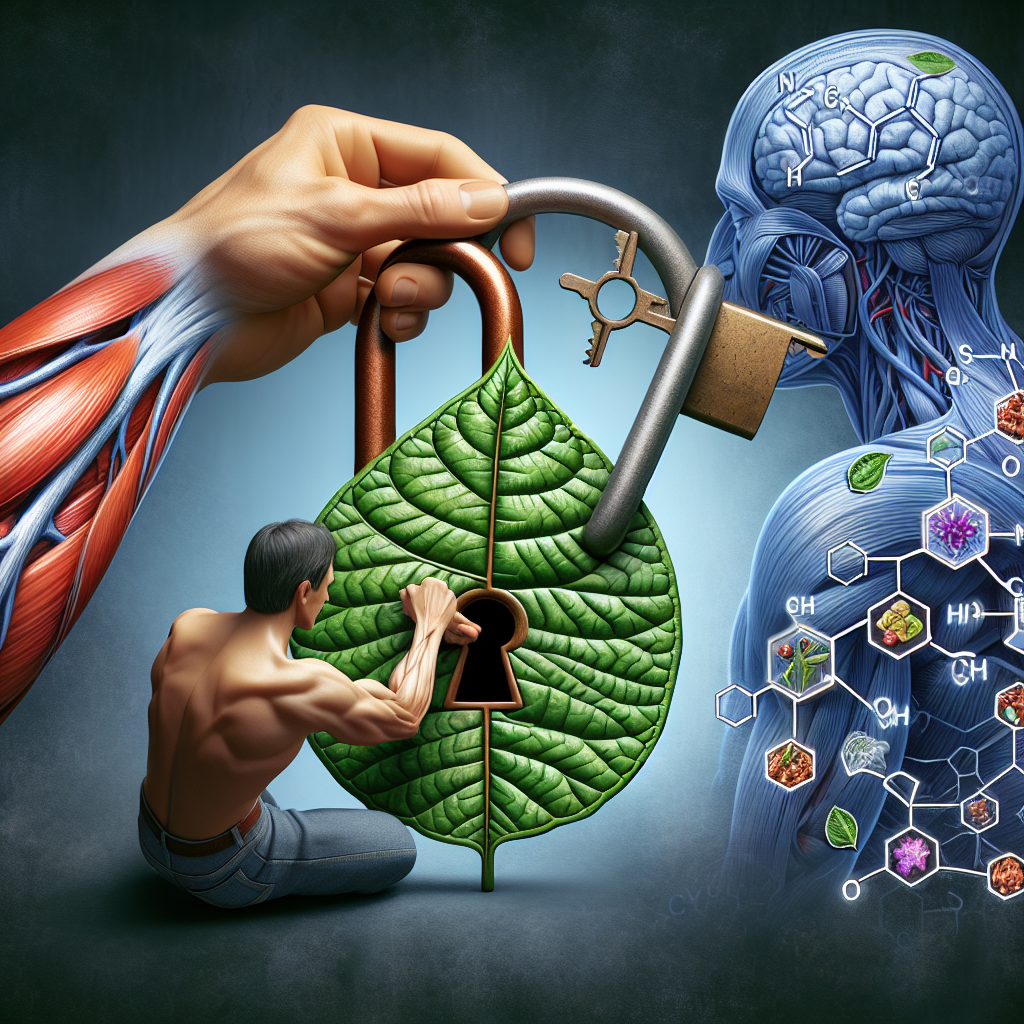 Traditional muscle relaxants like cyclobenzaprine, baclofen, and carisoprodol, among others, have been prescribed for decades to ease muscle spasms, tension, and pain. These medications typically work by either enhancing the effects of GABA in the central nervous system or by inhibiting the reflexes at the level of the spinal cord which initiate muscle contraction. However, concerns often arise revolving around side effects, potential dependency, and withdrawal issues associated with long-term use.
Traditional muscle relaxants like cyclobenzaprine, baclofen, and carisoprodol, among others, have been prescribed for decades to ease muscle spasms, tension, and pain. These medications typically work by either enhancing the effects of GABA in the central nervous system or by inhibiting the reflexes at the level of the spinal cord which initiate muscle contraction. However, concerns often arise revolving around side effects, potential dependency, and withdrawal issues associated with long-term use.
The appeal of kratom as an alternative muscle relaxant primarily lies in its natural origin and the perception that it may carry a lower risk for dependency compared to synthetic options. When conducting a comparative analysis, one should consider not only the efficacy in muscle relaxation but also the profile of side effects and the risk-to-benefit ratio.
Despite the anecdotal evidence supporting kratom’s role in muscle relaxation, there are unique challenges it presents. Regulation and standardization issues mean that the purity and dosage of kratom can significantly vary, which directly impacts both the effectiveness and safety of the product. Furthermore, the long history of traditional use does not necessarily translate to scientific endorsement as extensive research is still needed to fully understand the risks and mechanisms.
On the contrary, conventional muscle relaxants have been through rigorous clinical testing and approval processes. Their mechanisms of action are generally well-known, allowing for predictable therapeutic outcomes and managed side effects when used correctly. That said, their potential for abuse and the sometimes-severe withdrawal symptoms remain areas of concern, driving the search for safer alternatives.
It’s noteworthy that some users turn to blends or specific kratom strains such as Maeng Da, which is renowned for its strong analgesic and relaxing properties, as an adjunct or even a substitute to conventional muscle relaxants. Unlike most muscle relaxants that are available only through prescriptions, kratom can be readily purchased online or in specialized stores, making it more accessible to those seeking self-managed care.
In conclusion, this comparative analysis reveals that while kratom may offer a natural alternative to conventional muscle relaxants, its use is not without potential risks and uncertainties. Compelling as the secrets behind kratom’s muscle relaxant mechanisms may be, users should proceed with caution and seek professional advice when integrating it into their health regimen. As the scientific community continues to investigate, it is hoped that we will gain greater clarity on where kratom stands in the pantheon of muscle relaxants.
Frequently Asked Questions about Kratom’s Muscle Relaxant Properties
What is the primary muscle relaxant mechanism of kratom?
Though fully understanding the secrets of kratom’s mechanisms is still under scientific investigation, it appears that the alkaloids, especially mitragynine, achieve muscle relaxation primarily by interacting with the central nervous system. This interaction can potentially soothe muscle tension via modulating neural signals that govern muscle contraction.
Can kratom be used as a substitute for prescription muscle relaxants?
Kratom is often sought as a natural alternative to prescription muscle relaxants, and while some users report positive experiences, it’s important to approach this idea with caution. The effects vary widely, and kratom has yet to undergo the extensive clinical trials required to confirm its safety and efficacy as a medical treatment.
What are the risks associated with using kratom for muscle relaxation?
The risks associated with kratom use can include potential dependency, variability in product purity, and interactions with other medications. It’s crucial for potential users to research, consult healthcare providers, and source kratom from reputable vendors.
Are there certain strains of kratom that are better for muscle relaxation?
Many users suggest that red vein strains, known for their calming effects, may be more conducive to muscle relaxation. Products like Red Vein Kratom Capsules are popular among those looking to unwind. However, individual responses can vary, so experimenting with small doses to understand personal reactions is recommended.
How should one dose kratom when using it for muscle relaxation?
When using kratom as a muscle relaxant, starting with a low dose is key to understanding how your body reacts. Gradually increasing the dose, if needed, can help achieve the desired effect while minimizing potential side effects.
Can kratom’s muscle relaxant effects contribute to exercise recovery?
While some fitness enthusiasts use kratom to assist with post-workout muscle recovery, there’s no conclusive evidence to support its effectiveness in this regard. As with any supplement, users should exercise caution and consider professional medical advice before leveraging kratom for exercise recovery.
These questions touch upon just the surface of kratom’s intriguing potential as a muscle relaxant. The scientific community is diligently working to unlock its mechanisms and reveal more secrets, which will undoubtedly lead to a broadened comprehension and safer application of this botanical.

